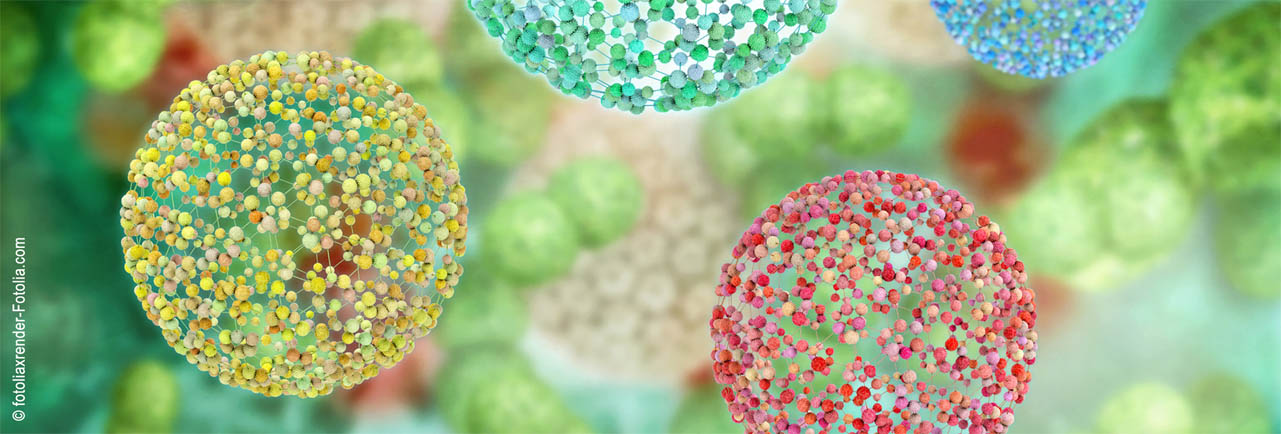Speaker
Description
At low volume fraction (typically ϕ ≤ 0.1), attractive suspensions form metastable structures called ”colloidal gels” [5]. Examples of colloidal gels can be found in our daily life, especially among cosmetic and food products. Their functional use often relies on their hybrid properties, halfway between an elastic solid and a viscous liquid. Understanding the complex relation between the structure of colloidal gels and their viscoelastic properties is the key to optimize their manufacture and the design of new materials, and remains an active topic of research [2, 1]. For colloidal gels that can be rejuvenated by shear, varying the pre-shear intensity, i.e. the shear rate at which the suspension is sheared before flow cessation, has been shown to be a convenient way to tune the viscoelastic properties of the gels at constant particle volume fraction and interaction potential [3, 4]. A prerequisite to study the mechanical properties of gels formed under these conditions is to understand how attractive suspensions are structured under flow.
In this study, we address this problem by coupling rheometric tests with small angle X-ray scattering measurements. We have used carbon black particles (Vulcan PF, Cabot) dispersed in oil as a model system for colloidal gels. A key result is that the elasticity of the gels varies with the pre-shear rate in
a non-monotonous way, and goes through a minimum for all the tested volume fractions in particles. In lights of transient and steady shear measurements, we propose that this minimum correspond to a transition between an hydrodynamic regime, where the structure of the suspension is a function of the shear rate, and a shear-induced rearrangement regime, where the structure is densified.
[1] M. Bantawa, B. Keshavarz, M. Geri, M. Bouzid, T. Divoux, G. H. McKinley, and E. Del Gado. The
hidden hierarchical nature of soft particulate gels. Nature Physics, 2022.
[2] L.-V. Bouthier, R. Castellani, E. Hachem, and R. Valette. Proposition of extension of models relating
rheological quantities and microscopic structure through the use of a double fractal structure. jun
2022.
[3] N. Dag`es, L. V. Bouthier, L. Matthews, S. Manneville, T. Divoux, A. Poulesquen, and T. Gibaud.
Interpenetration of fractal clusters drives elasticity in colloidal gels formed upon flow cessation.
arXiv:2203.08675, pages 1–15, 2022.
[4] M. Das and G. Petekidis. Shear induced tuning and memory effects in colloidal gels of rods and
spheres. 234902(November), 2022.
[5] V. Trappe and D. A. Weitz. Scaling of the viscoelasticity of weakly attractive particles. Physical
Review Letters, 85(2):449–452, 2000.

